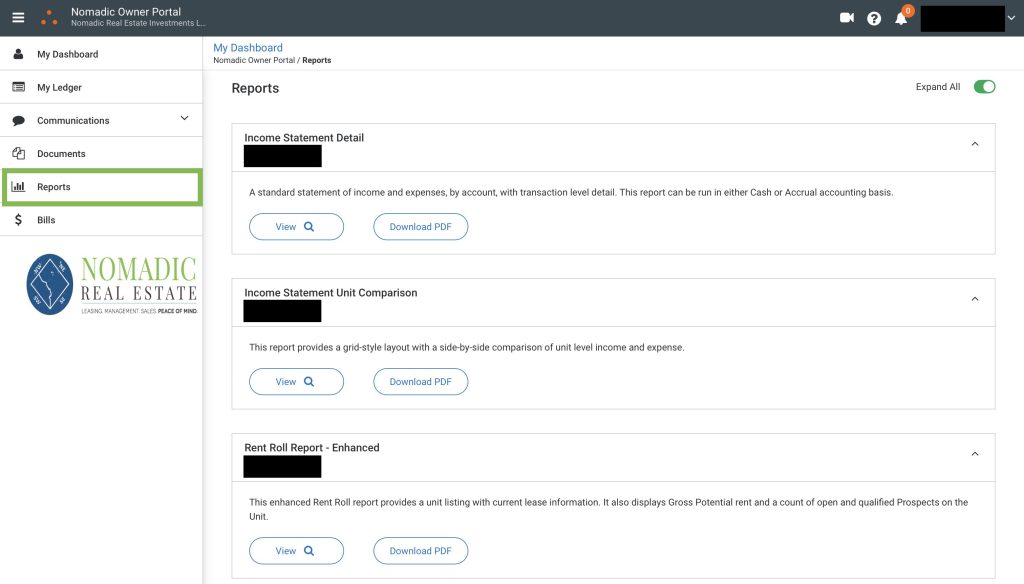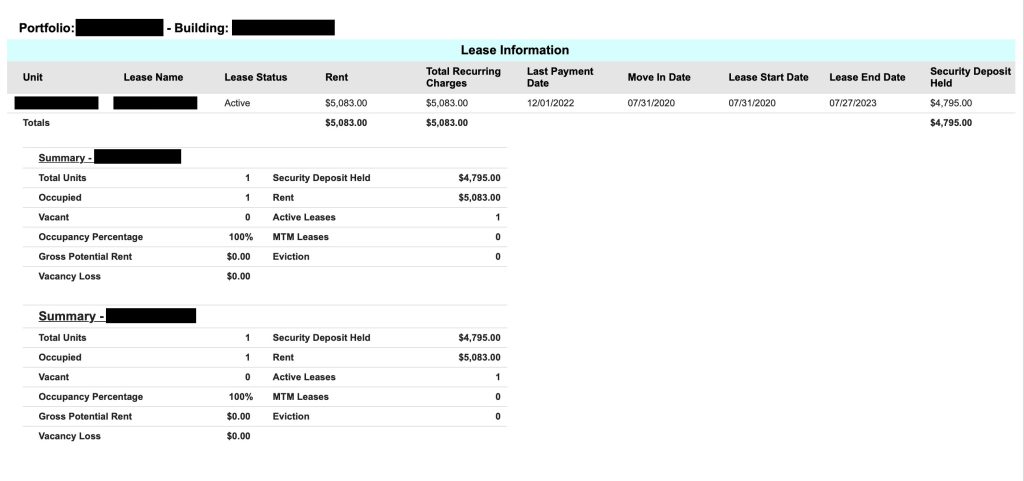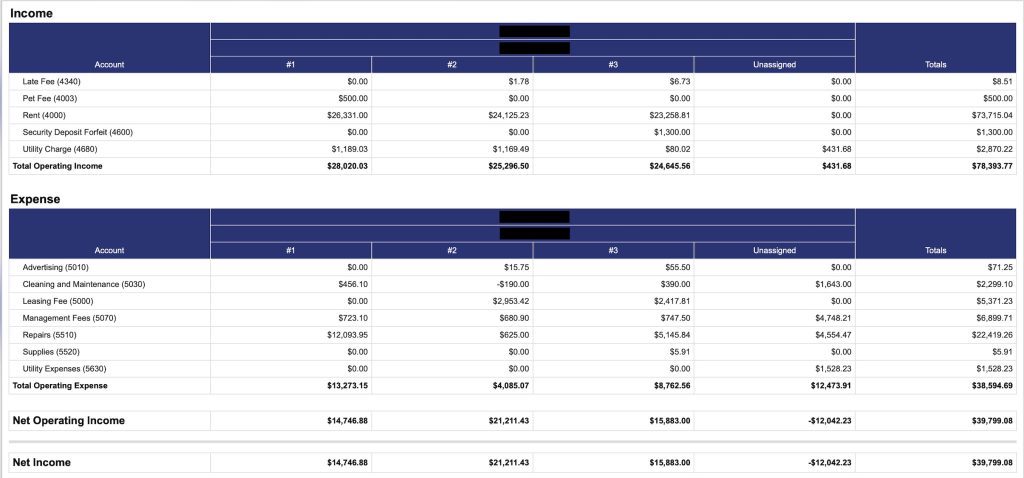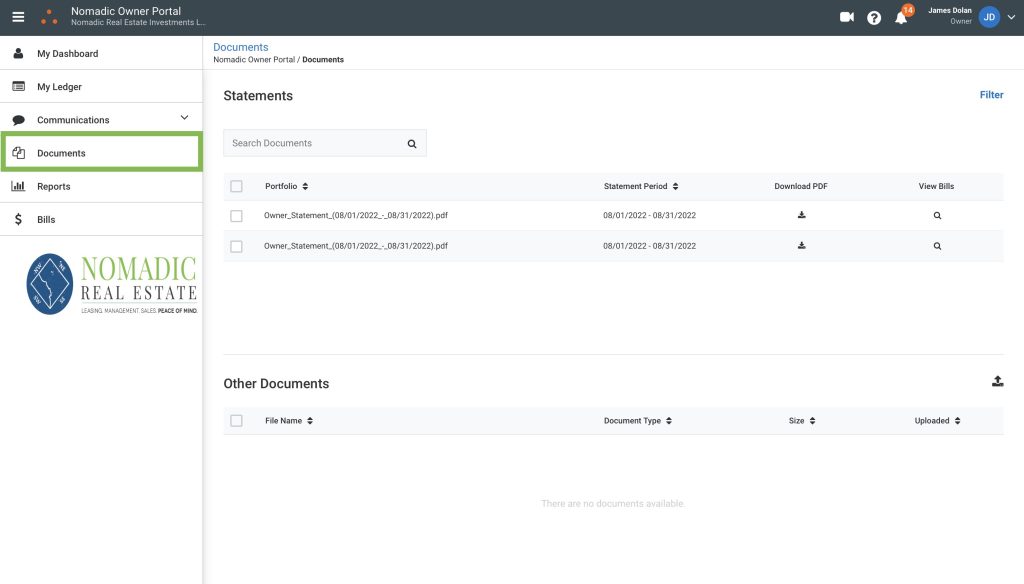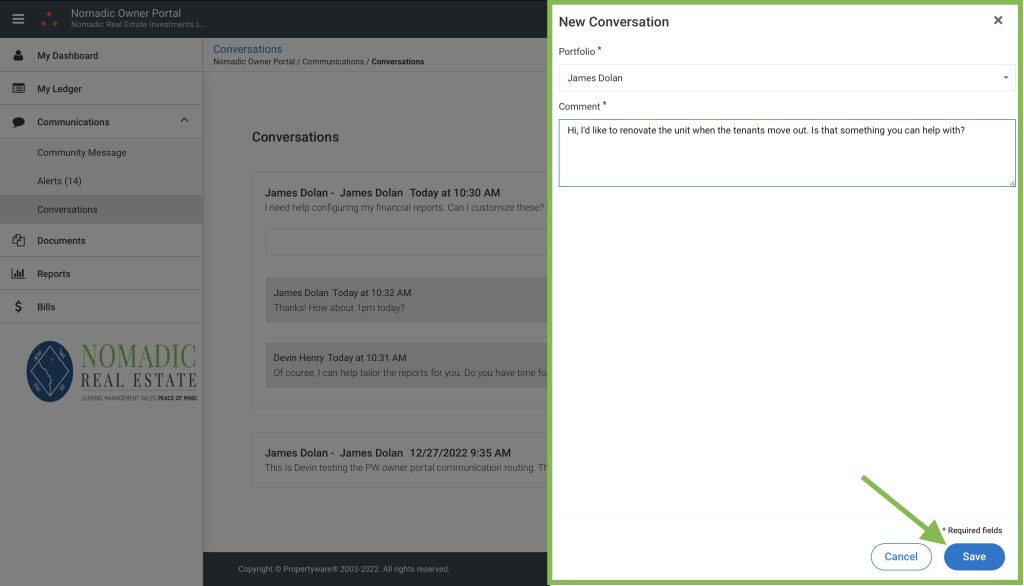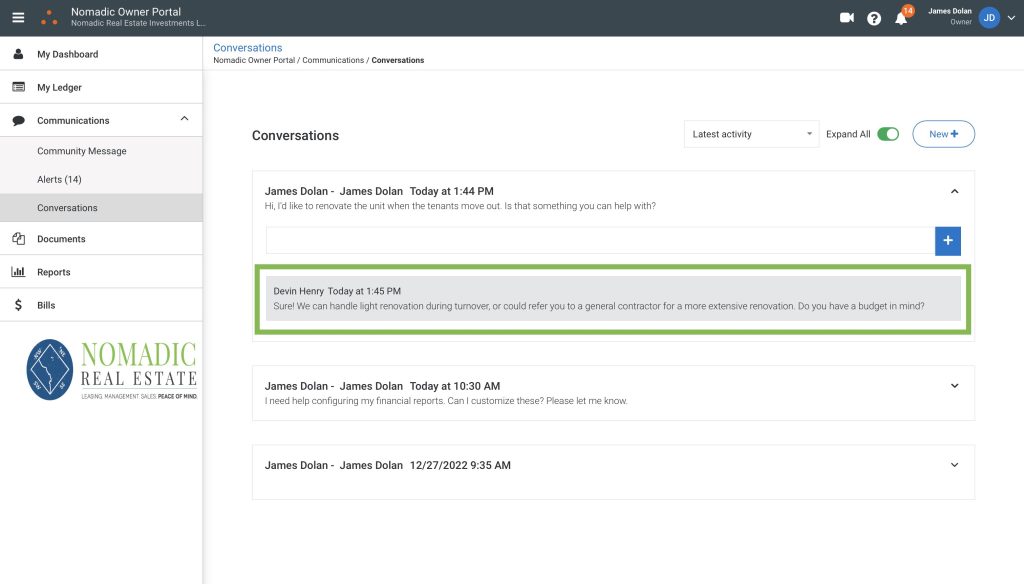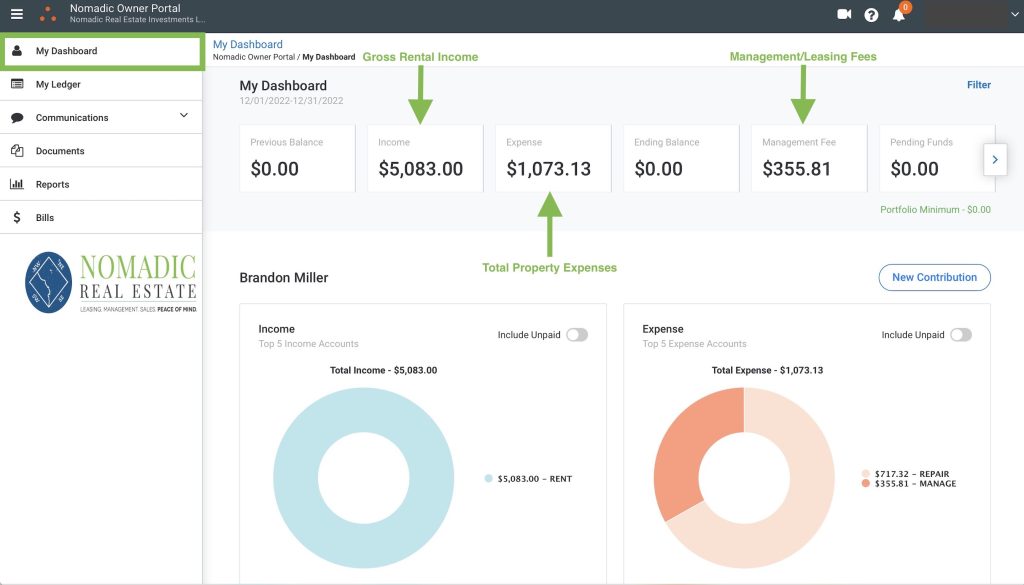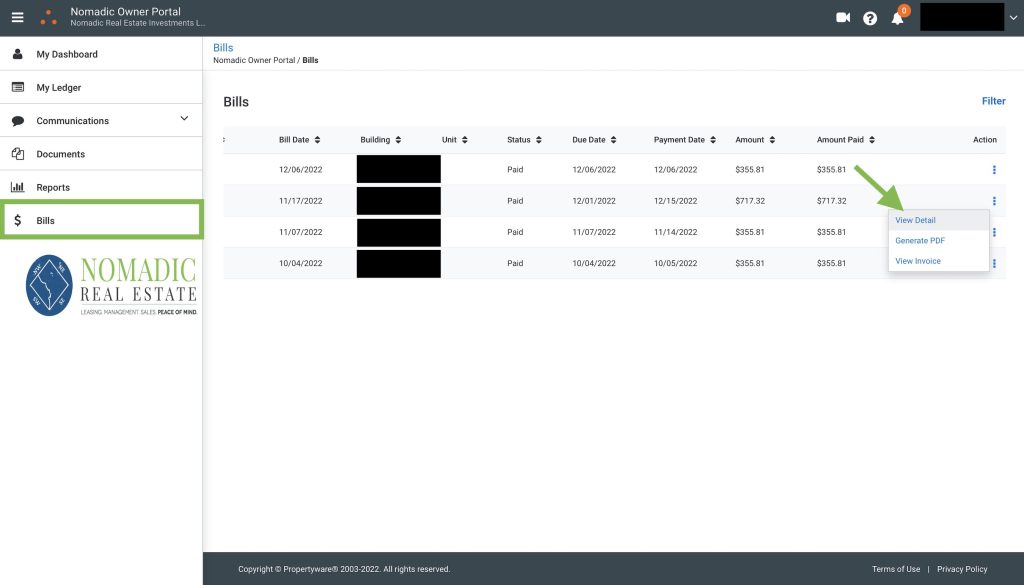Sublet Vs. Sublease: What’s the Difference?
The terms sublet and sublease are often used synonymously, but they have very different meanings. The gist is that a sublet occurs when you find a new renter for the property who will sign a new lease with the landlord, while a sublease occupies the space without signing a lease directly with the landlord.

Your responsibilities will change depending on the agreement you have in place, so understanding these sublet vs. sublease differences is essential. You should also protect yourself legally in both situations by ensuring a professional prepares the necessary documents and all parties sign them.
There are other subtle differences between sublets and subleases you’ll want to learn about before beginning the process too. This guide will take you through these terms and let you know which agreement type might work best for your business.
Situations Where a Sublet or Sublease Are Necessary
You might have heard the terms sublet and sublease thrown around in commercial real estate settings without understanding how they can apply to your situation. You’ll generally look into one of these solutions if you’re unhappy with the property you’re currently renting but still have time on your lease. Possible situations include when:
You Need More Space
Requiring more space for your business is often a good thing because it can mean you’re growing. This scenario can cause issues, though, particularly if your lease is nowhere near expiring but opening a second location doesn’t make financial sense. A sublet or sublease might work in this situation because you can find someone else to use the property, freeing you up to look elsewhere.
The Property Is Too Large
You might learn that your commercial property is too large for your needs, such as when you’re downsizing. Renting out a massive building when you don’t need the space could put you in a bad financial position, but you can sometimes sublease part of the building to another company. Subletting could also be an option, depending on how your landlord wants to do things.
The Rent Is Too High
There could be scenarios where the building is perfect for your overall needs, but you can’t afford to keep up with lease payments. Bringing in another business as part of a sublease could help you through this situation, assuming you can make do with less space.
You Don’t Want to Break Your Lease
Breaking your lease could come with all kinds of financial consequences, but subletting or subleasing the property could help you avoid these issues. Your landlord might let you out of your existing lease without penalties when subletting, and if the property owner permits subleasing, you can take on the role of landlord until your lease expires.
The ability to sublet or sublease your commercial property is dependent on the lease you have in place because not all agreements include these provisions. It’s a good idea to go through your lease thoroughly to ensure it’s possible for you or negotiate these allowances into your lease in the first place.
5 Facts When Comparing a Sublet Vs. Sublease
Comparing a sublet vs. sublease is relatively straightforward, but it’s a good idea to learn a bit about how the situations differ because your responsibilities will vary. You’ll have very little to do if the property is sublet but will have more responsibility if there’s a sublease. Here’s a look:
1. Contacting the Landlord
A sublet agreement puts the new tenant in direct contact with the landlord. This scenario eliminates many responsibilities from your plate because the new tenant will have nothing to do with you, and the original lease either transfers to that party or undergoes a complete rewrite. You’ll continue dealing with the landlord, though, if you’re doing a sublease agreement.
2. Writing the Contract
A new rental agreement often becomes necessary in both situations, but the responsibility for this document can shift. A sublet agreement is directly between the landlord and the new tenant, so you don’t have to deal with the contract. You’re entirely accountable for the sublease agreement, though, including writing a contract and holding the sublessee to the terms.
3. Collecting Rent
A tenant under a sublet will pay the landlord a predefined amount of money as part of the rental agreement. The original tenant is responsible for collecting rent from a sublessee, however, and passing the money on to the landlord. Remember that it’s possible to have your sublessee pay part of your rent if you find a business willing to contribute more than half.
4. End of the Lease
Your lease could end immediately if your commercial property is sublet, depending on the agreement. A sublease agreement keeps your current contract in place, so you’ll have to wait for its original end date to remove yourself entirely from the property.
5. Responsibility for the Property
The new tenant is responsible for the portion of the building the company is renting in a sublet agreement. The original tenant is responsible for the entire property if there’s a sublease, though, putting an added duty on that business’ plate.
Figuring out your rights and responsibilities is advisable because it ensures you don’t neglect any jobs you should be handling when it comes to your lease. You should also know that both a sublet and a sublease can incorporate all or part of the property, which will help determine the next move for your company.
Get Help From a Team Skilled in Property Management
Dealing with commercial sublet vs. sublease issues often means there’s a need for real estate expertise. Nomadic Real Estate helps investors with a team experienced in property management and finding tenants for leasing and sales.
Our reputable and trustworthy agents have been helping owners get the best return on their properties since 2005. Contact Nomadic Real Estate for more information about your Greater D.C. property management needs.










